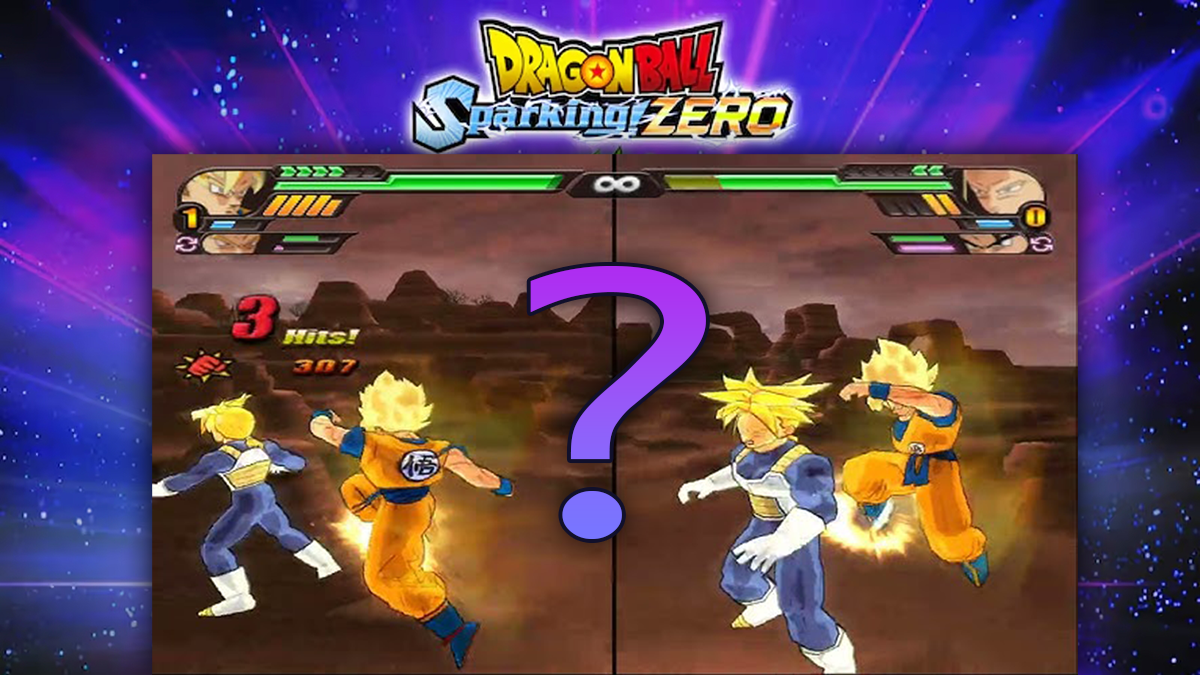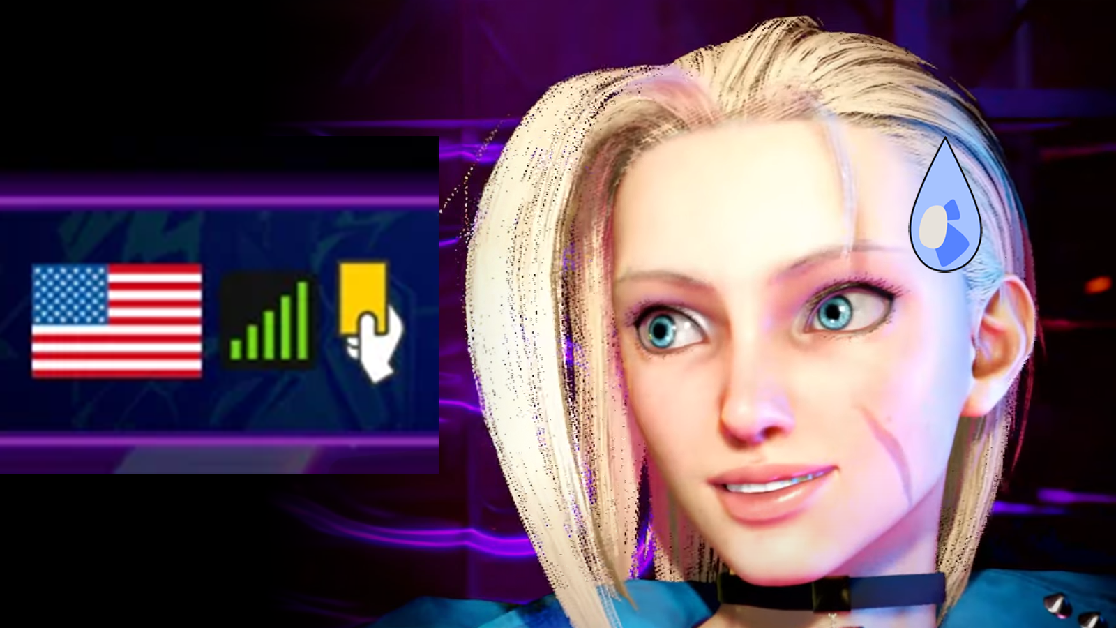Dragon Ball Sparking Zero, also known as Budokai Tenkaichi 4, has been one of the most anticipated releases in the Dragon Ball gaming franchise. However, recent news about the game’s split-screen feature—or the lack thereof on certain maps—has sparked discussions among fans. The game, which was supposed to rekindle the nostalgic joy of local multiplayer with friends and siblings, faces challenges due to performance issues that limit split-screen functionality to only one map.
The Technical Dilemma: Performance Over Experience
The developers of Dragon Ball Sparking Zero shared that the game’s intense particle effects and high-level graphical fidelity are too demanding to reproduce effectively in a split-screen mode on most maps. The result? Players can only enjoy the divided screen feature on a single map. This limitation is disappointing, especially for a game rooted in the spirit of local multiplayer fun, where the chaos of split-screen battles was a staple experience.
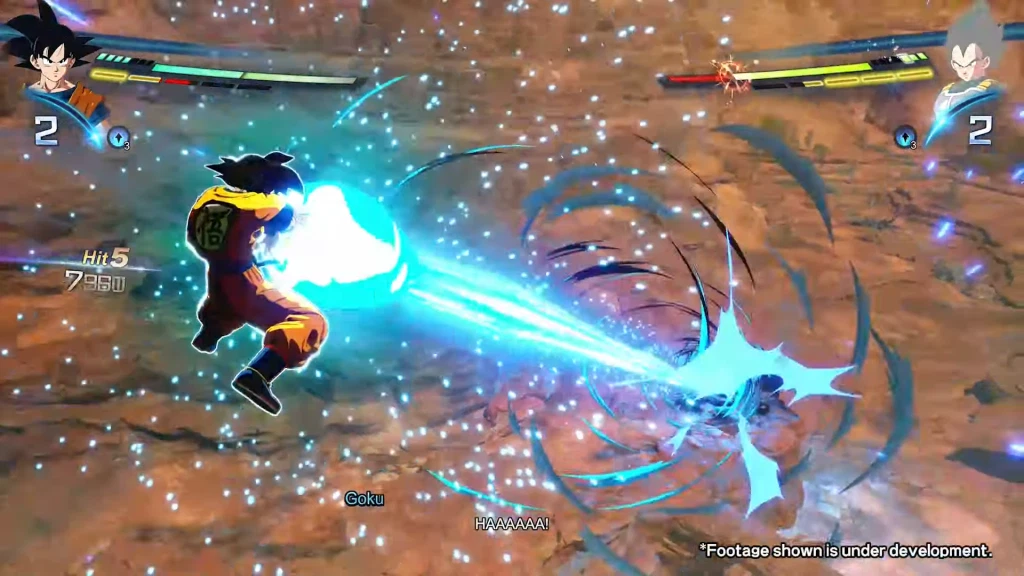
A Nostalgic Trip Down Memory Lane
For many fans, Dragon Ball games were synonymous with childhood memories of battling it out on the couch with friends and siblings, often on a divided screen. The Budokai Tenkaichi series was particularly cherished for its over-the-top action, expansive character roster, and, most importantly, its ability to deliver high-octane, split-screen multiplayer fun.
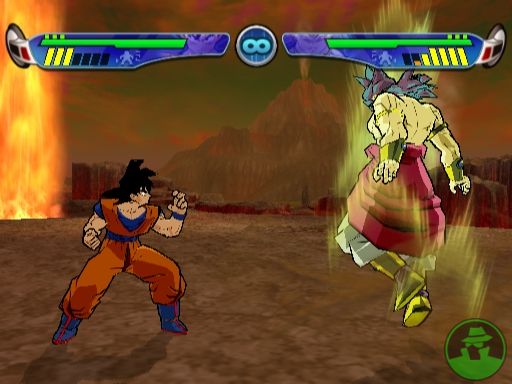
Recalling those times when graphics were simpler and gameplay was more straightforward, the current generation of fans might find themselves asking if the graphical improvements are worth the trade-off in multiplayer experience. After all, what made the original Budokai Tenkaichi games so memorable wasn’t just the flashy visuals, but the sheer fun of playing together, sharing the same screen, and laughing at the chaotic mayhem that ensued.
The Impact on Dragon Ball Sparking Zero’s Success
Given that Dragon Ball Sparking Zero is not positioned as a competitive game but rather as a fun, local multiplayer experience, the lack of comprehensive split-screen support could affect its reception. The game’s design and target audience lean heavily towards those looking to relive the camaraderie of past gaming sessions, and this limitation might be seen as a significant drawback.
However, it’s important to recognize that the Dragon Ball franchise has a loyal fan base that often prioritizes the emotional connection with the series over technical shortcomings. While the split-screen limitation is undoubtedly a setback, the game’s success might still hinge on its ability to deliver an engaging single-player experience, a robust roster of characters, and nostalgic elements that resonate with long-time fans.
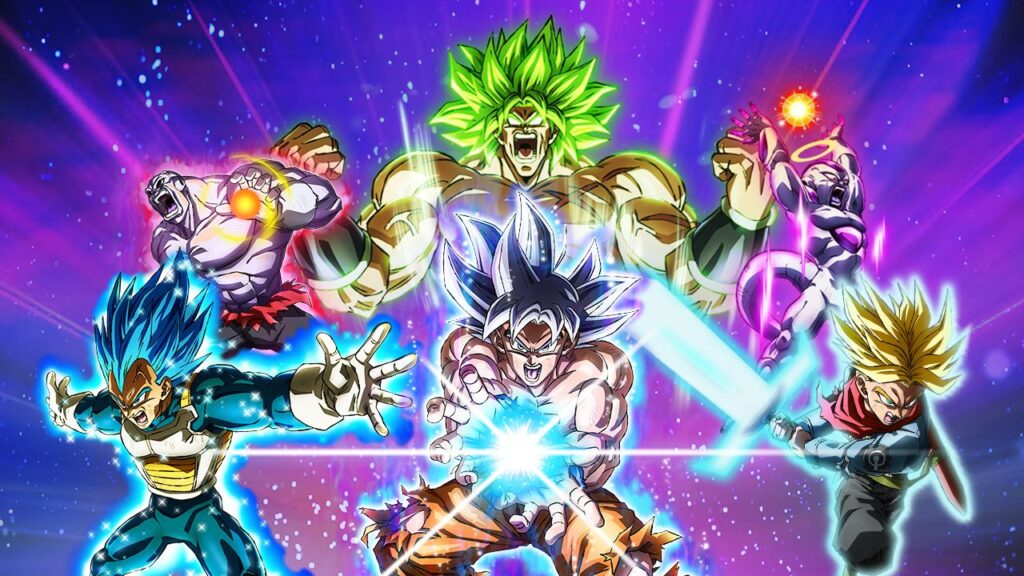
Will Dragon Ball Sparking Zero Be Successful?
The ultimate question is whether these technical limitations will overshadow the game’s potential success. It’s likely that while some fans may be disappointed, others will overlook this flaw in favor of the game’s strengths, including its story mode, character variety, and faithful adaptation of the Dragon Ball universe. The nostalgia factor alone might carry it through, ensuring that Dragon Ball Sparking Zero remains a beloved entry in the franchise, despite its imperfections.
The true test will be how the game performs post-launch and whether the developers address these concerns in future updates. For now, Dragon Ball Sparking Zero’s journey seems poised to be a blend of nostalgic triumph and technical challenge—a mix that may very well determine its place in the annals of Dragon Ball gaming history.
This blend of nostalgia and technical analysis should resonate well with both veteran Dragon Ball fans and newer players, generating interest and discussion around the game’s launch.

